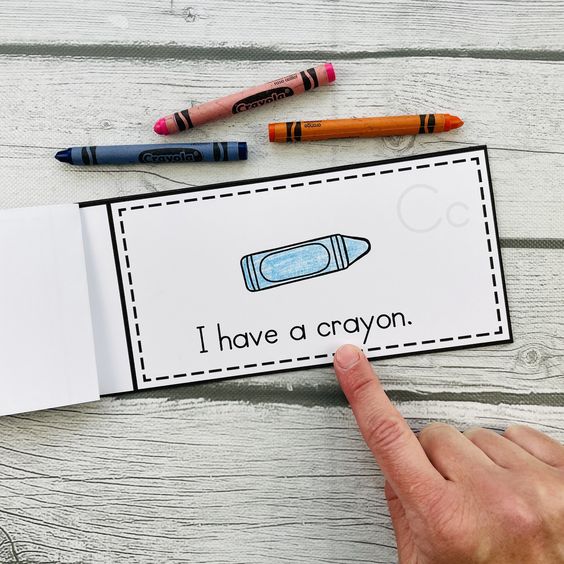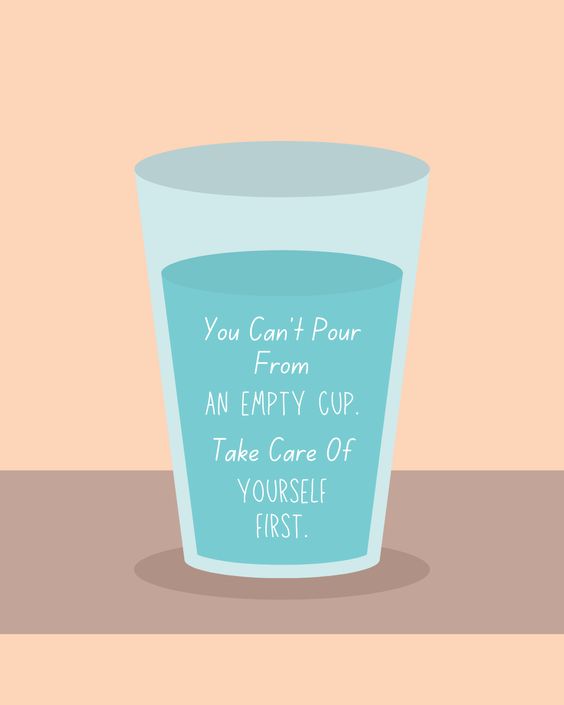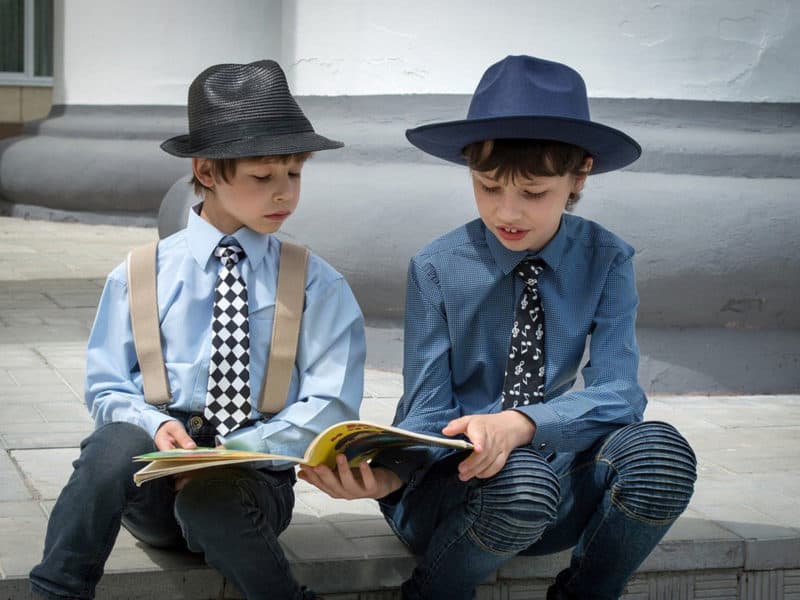Introduction:
Reading provides numerous benefits for children, including improved vocabulary, increased concentration, and enhanced critical thinking skills. Getting kids excited about reading can sometimes be a challenge, but with some creativity and effort, you can help motivate them to develop a genuine love for books. Here are 16 creative ways to get your child to read more:
1. Create a cozy reading space: Designate a comfortable spot in your home where your child can curl up with their favorite book.
2. Set a reading routine: Establish a regular time each day dedicated to reading.
3. Encourage variety: Introduce different genres of books to prevent boredom with the same materials.
4. Personalize books: Customize storybooks with your child’s name and interests to engage their attention.
5. Visit the library: Make trips to the library fun by allowing your child to participate in library activities or select new books to read.
6. Find book-based movies/TV shows: Encourage your child to read the book before watching its movie or TV adaptation, sparking interest through anticipation.
7. Use audiobooks: Supplement their reading activities with audiobook versions of stories, providing an alternative way of engaging with literature.
8. Organize book swaps: Arrange book exchanges with friends or classmates as an interactive way for kids to share their favorite stories.
9. Set up reading challenges: Develop age-appropriate goals for your child to meet and offer rewards for completing them.
10. Read together: Spend quality time reading aloud with your child to foster their interest in books.
11. Choose relatable stories: Select books featuring characters or situations similar to those in your child’s own life so they can identify with the experiences portrayed.
12. Host a book-themed party: Plan a fun event centered around a favorite book or series, incorporating elements from those stories into costumes, decorations, and games.
13. Promote reading as a gift: Build anticipation and excitement for a new book by giving it as a special present wrapped in eye-catching packaging.
14. Encourage creative writing: Inspire your child’s storytelling skills by having them write their own stories or fanfiction based on their favorite books.
15. Use technology: Leverage digital apps and platforms that offer interactive reading experiences and gamify learning to keep them engaged.
16. Lead by example: Show your child the importance of reading by making it a regular activity in your own life.
Conclusion:
By employing some creativity and persistence, you can help your child develop a love for reading that lasts a lifetime. Try out these 16 enjoyable ideas to encourage your child to read more, unlocking the countless benefits that come with a lifelong passion for literature.




